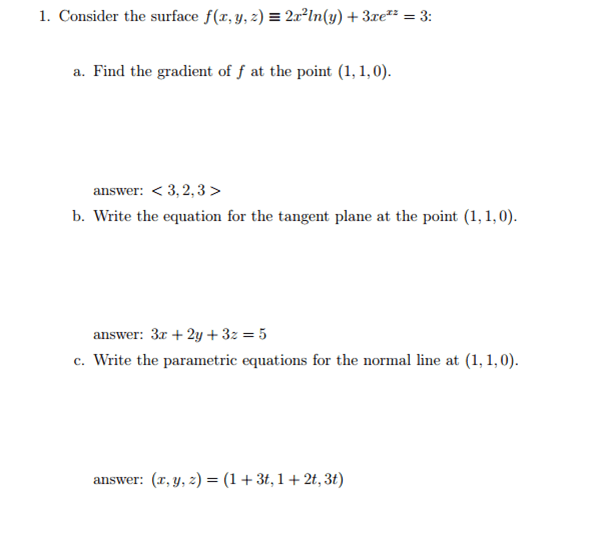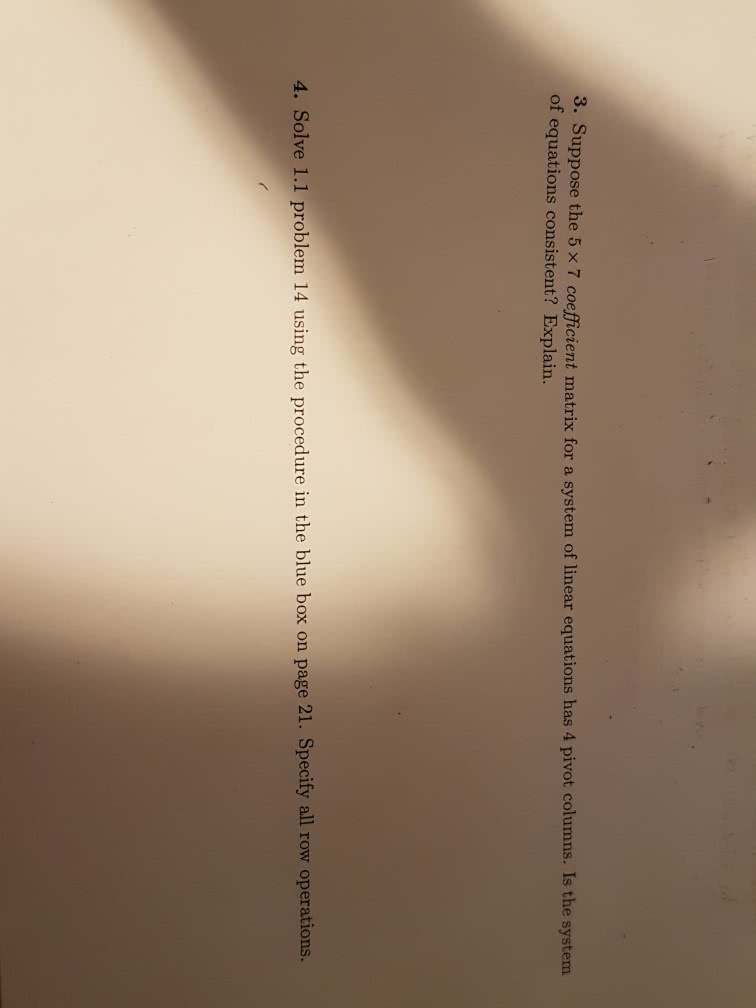MTH-416, REGRESSION ANALYSIS Lecture Notes - Lecture 18: Likelihood Function, Autocorrelation, Indian Institute Of Technology Kanpur
Document Summary
This is also an iterative procedure based on two-step transformation. (i) 1 t where te "s are residuals based on olse. Replace by is the model as in cochran-orcutt procedure. 2,3,, n (ii) (iii) use ols for estimating the parameters. The estimators obtained with this procedure are asymptotically as efficient as the best linear unbiased estimators. There is no loss of any observation. (6) maximum likelihood procedure. The likelihood function for y n x. Can be obtained by solving the normal equations ln. These normal equations turn out to be nonlinear in parameters and can not be easily solved. First derive the maximum likelihood estimator of. Substitute it back into the likelihood function and obtain the likelihood function as the function of. Maximize this likelihood function with respect to and . In the log-likelihood function yields ln * ln *( Maximization of ln *l is equivalent to minimizing the function y x.





